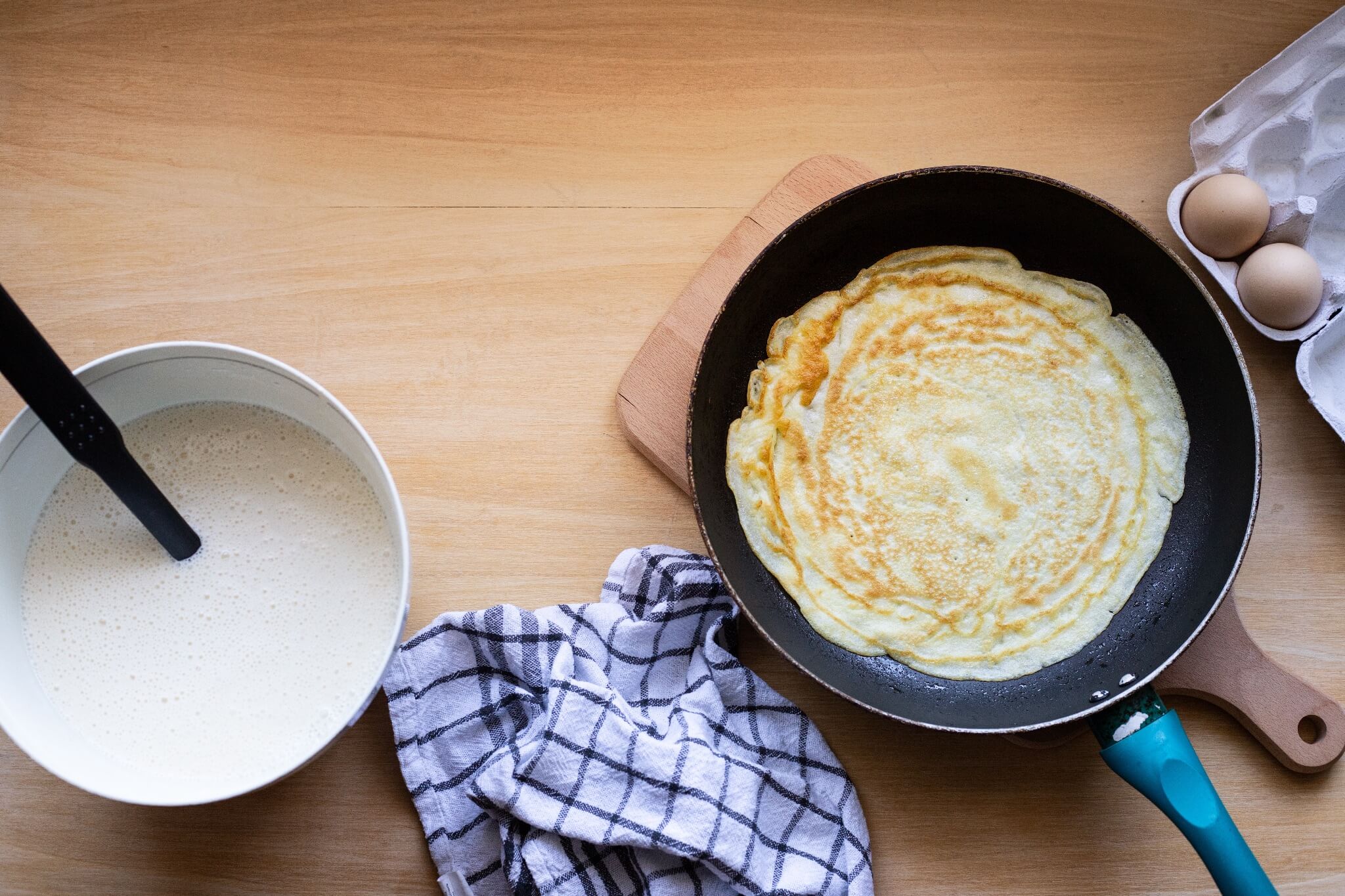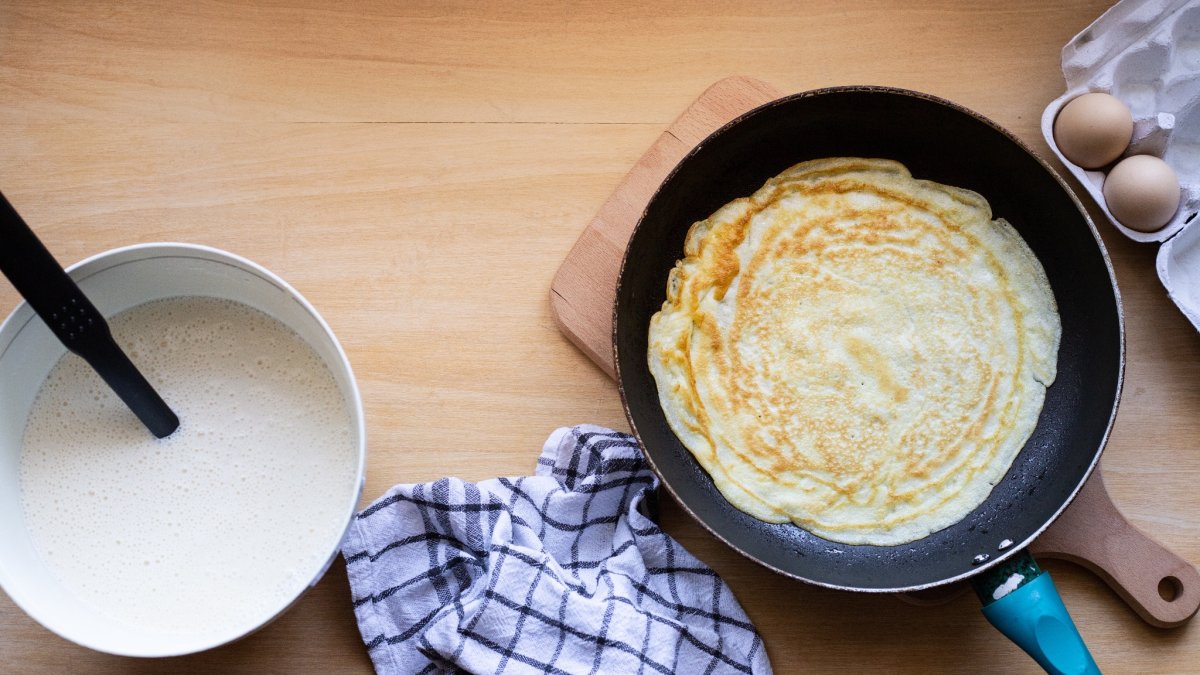
Pans made from pure ceramic can be considered the safest non-stick pans, even at high temperatures. However, pure ceramic cookware should not be confused with ceramic-coated non-stick cookware. Both these materials differ significantly in terms of performance. Ceramic is a natural element and is composed of minerals, clay, and quartz sand. It is used to compose the cladding together with other materials.
In ceramic non-stick cookware, a metal base is coated with a hard layer of polymer material that is made to look like ceramic. The ceramic coating makes the pans non-stick and can cook without oil, butter, or added fat. You will be able to brown and roast your foods without worrying about them sticking on the pan surface. The ceramic frying pans are an excellent choice for golden and crunchy cooking.
Pure Ceramic vs. Ceramic Coated Cookware
Both pure ceramic and ceramic-coated materials can be used to manufacture the best non-toxic cookware. Pure ceramic materials are hard to manufacture and use several ceramic forming techniques required for shaping. In this process, minerals, quartz, and clay are mixed together at a very high temperature. To get a waterproof and decorative surface, the ceramic cookware undergoes the process of glazing.
In ceramic-coated cookware, the coating is made of a material that is also very resistant to shocks, scratches, and abrasions. In reality, the coating will still scratch if you use metal utensils. If, on the other hand, you are careful and use silicone or wooden utensils, you can have a long-lasting ceramic pan. The ceramic pan’s coating is made without using materials such as PTFE or PFOA.
This guarantees a safer material from a health point of view because ceramic is non-toxic. Unlike cast iron pans, which are also considered safe cookware, it does not deteriorate with food acids. Ceramics resist the acidic agents of some foods well. The ceramic pan can reach temperatures of up to 400 degrees and not get damaged. For this reason, pans made of ceramics are also vastly used as non-toxic bakeware.
Tips for Using Ceramic Cookware
The first tip is to choose a ceramic pan model with a decently sized handle to avoid burning yourself. Some brands produce handles with ergonomic and high-temperature-resistant material. You should always use mild detergents if the ceramic pan you have purchased is not suitable for washing in the dishwasher. Do not use metal or particularly stiff sponges, which could scratch the surface and damage it.
In addition, the ceramic non-stick coating does not contain cadmium or lead. However, some ceramic cookware may contain traces of these metals when purchased outside the United States. Thanks to strict regulations, all American ceramic product manufacturers must have a label if they exceed 0.1 ppm of lead. and 0.049 for cadmium. Always check for these labels when buying ceramic nonstick cookware. If you find one on a product that warns of the chemical composition, simply shop elsewhere.
Risks In Using Ceramic Cookware
While the ceramic coating is much safer than Teflon, it has risks. For example, old ceramic cookware may contain lead. This isn’t a problem in modern cookware due to new regulations, but older ceramic glazes used the dangerous metal as a stabilizing agent.
This does not come out through cooking but can enter the food through the use of sharp utensils, acidic food, or high heat. Always choose a new purchase and try to avoid cooking with old ceramic pots passed down in your family. Another potential danger to consider when using ceramic cookware is aluminum. While not dangerous in itself, metal can bend when put under stress.
Conclusion
Ceramic cookware is a safe alternative to Teflon. It is a durable material in which you can really cook anything without limits. When evaluating ceramic cookware versus other non-stick materials like Teflon, it’s important to note that ceramic is inorganic and non-metallic solid. This means that it is environmentally friendly. The substance contains silicon and oxygen but does not necessarily have carbon. While you should try to avoid using any nonstick surface over high heat for extended periods, a little extra time on the stove won’t harm in the case of ceramics.
Ava Clarkson
Related posts
Stay connected
- How LoveOn Chat Is Becoming the Most Versatile AI Companion for Digital UsersThe internet keeps shifting toward hyper-personal interaction, and AI companions are at the center of this shift. What used to be simple chatbots are now evolving into emotionally aware, adaptive, and multi-functional digital partners. Among the new generation of platforms, LoveOn Chat is becoming one... The post How LoveOn Chat Is Becoming the Most Versatile […]

